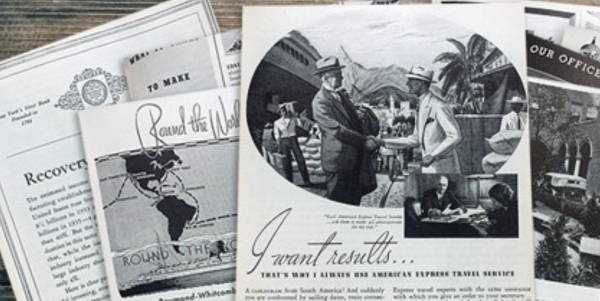The Atlantic will either offer ads or a subscription
Like many publishers, Atlantic Media has been struggling as more of its audience blocks ads. In a post published on Monday, the company said it believes the majority of blockers are being installed over concerns around security and poor online presentation. After a year-long effort, The Atlantic is now making steps to deal with some of those things, including design changes and upgrades to the latest online security protocols. It is also forcing the issue of monetization: “Visitors to our site who use an ad or script blocker will now see a message offering two options: Whitelist The Atlantic, or purchase an ad-free subscription,” the site said. “While we’re in beta, we won’t prevent ad-block users from continuing to read The Atlantic. But our intention is to soon ask ad-block users to make a choice.”
Read more at TheAtlantic.com
Proof that Millennials are among the biggest blockers
A story on eMarketer profiles research by Anatomy Media, which suggested that those in one of the most coveted demographics for many brands are also most likely to be making it difficult to reach them. “Overall, the study found that most US millennials internet users have an ad blocker on at least one device. Nearly half of respondents (46%) said they use one on their desktop, and 31% said they have one on their mobile device,” the story said. “Typically, respondents blocked ads on just one of these devices, but 14% were vigilant about ad blocking on computers as well as phones.” Though obviously American-focused, eMarketer suggested ad blocking is only going to grow globally.
Read more at eMarketer
Get past the angst
A story on Marketplace.org provides a broad overview of where ad blocking is today and why it’s on the rise. Among the more interesting comments was one from Dr. Johnny Ryan, of PageFair, who came to Toronto earlier this year to be part of Marketing‘s Ad Tech Canada 2016 conference. Whereas some of the discussions around improving creative as a solution to ad blocking may seem vague, Ryan suggested the end results will not necessarily be a radical reinvention of current formats. “It’s simply a rectangle or a square with a picture of a product and some writing,” Ryan said. “It looks like ads have looked for many, many years.”
Read more at Marketplace.org
To get your weekly digest of ad blocking news from around the industry, subscribe to Marketing‘s free weekly Tech Filter newsletter.











